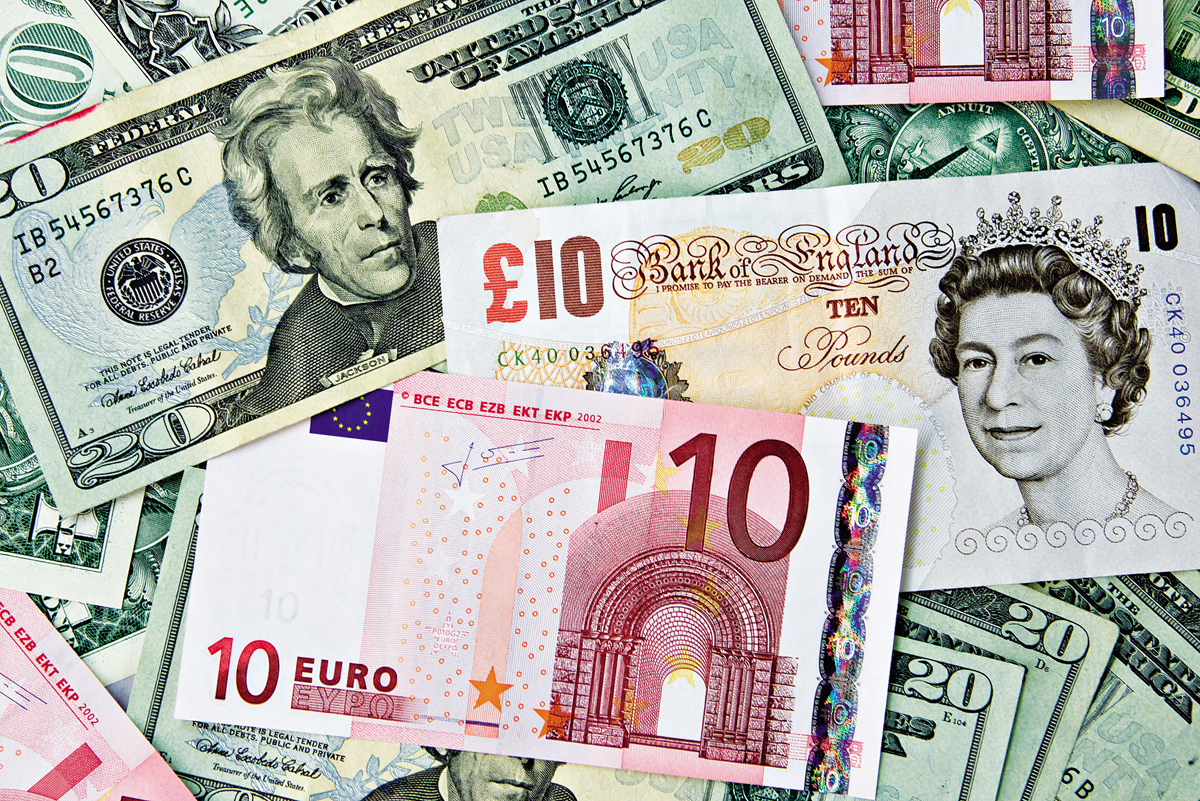Chapter Introduction
SECTION 8
The Open Economy: International Trade and Finance

A Roller Coaster Ride for the Exchange Rate
“You should see, when they come in the door, the shopping bags they hand off to the coat check. I mean, they’re just spending. It’s Monopoly money to them.” So declared a New York restaurant manager, describing the European tourists who, in the summer of 2008, accounted for a large share of her business. Meanwhile, American tourists in Europe were suffering sticker shock. One American, whose family of four was visiting Paris, explained his changing vacation plans: “We might not stay as long. We might eat cheese sandwiches.”
It was quite a change from 2000, when an article in the New York Times bore the headline: “Dollar makes the good life a tourist bargain in Europe.” What happened? The answer is that there was a large shift in the relative values of the euro, the currency used by much of Europe, and the U.S. dollar. At its low point in 2000, a euro was worth only about 85 cents. By mid-
What causes the ups and downs of the relative value of the dollar and the euro? What are the effects of such changes? These are among the questions addressed by open-